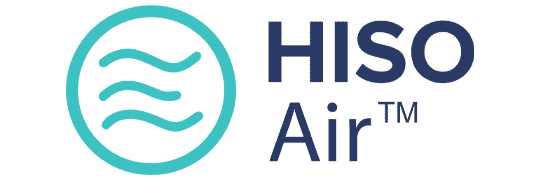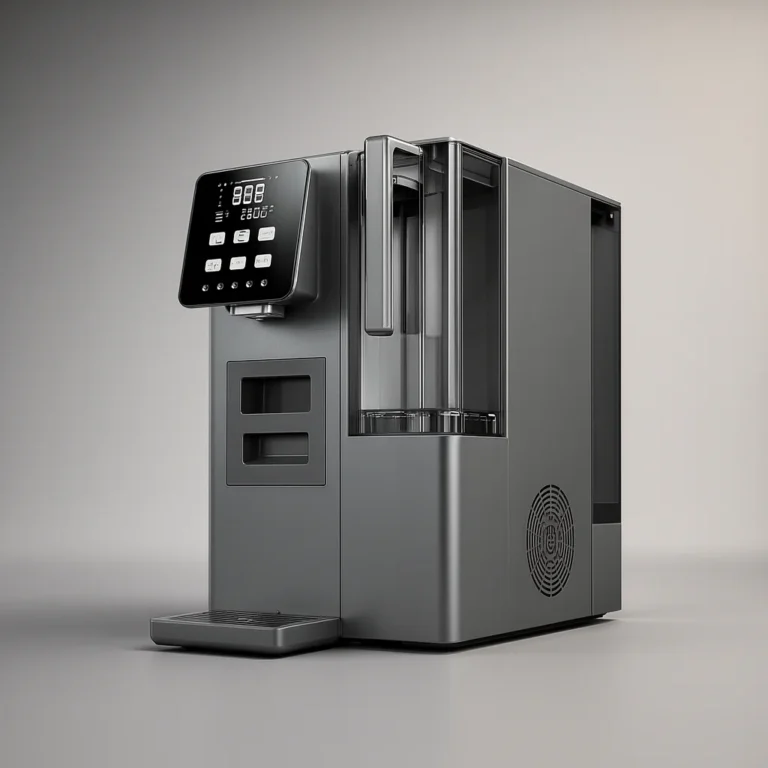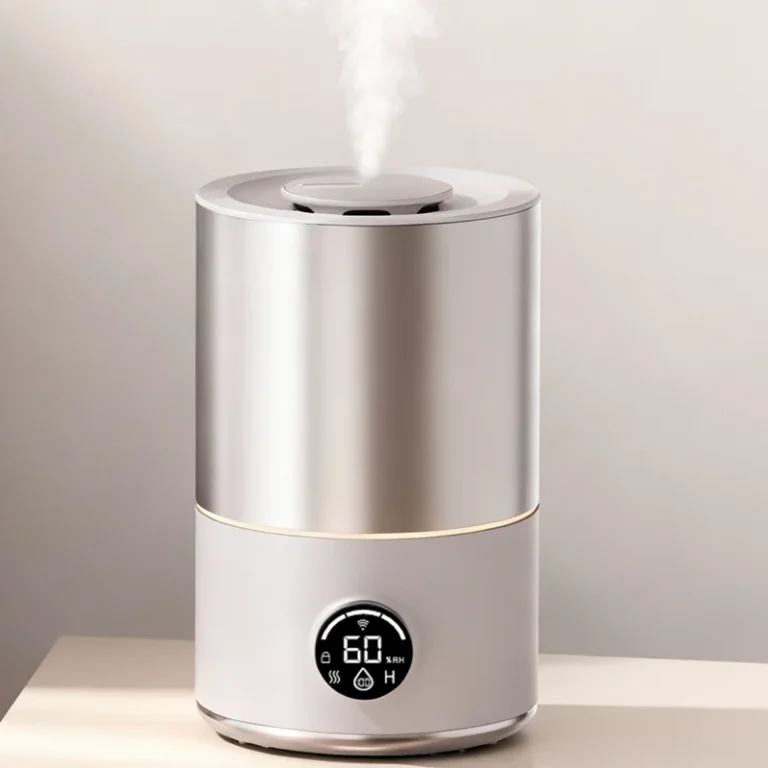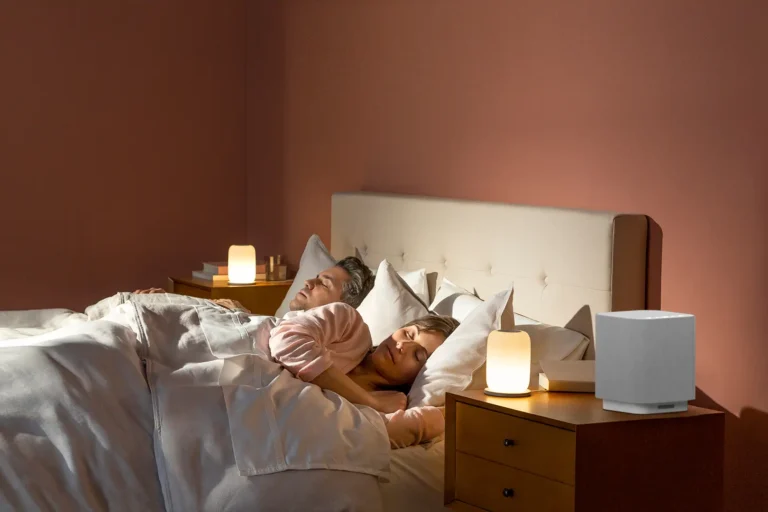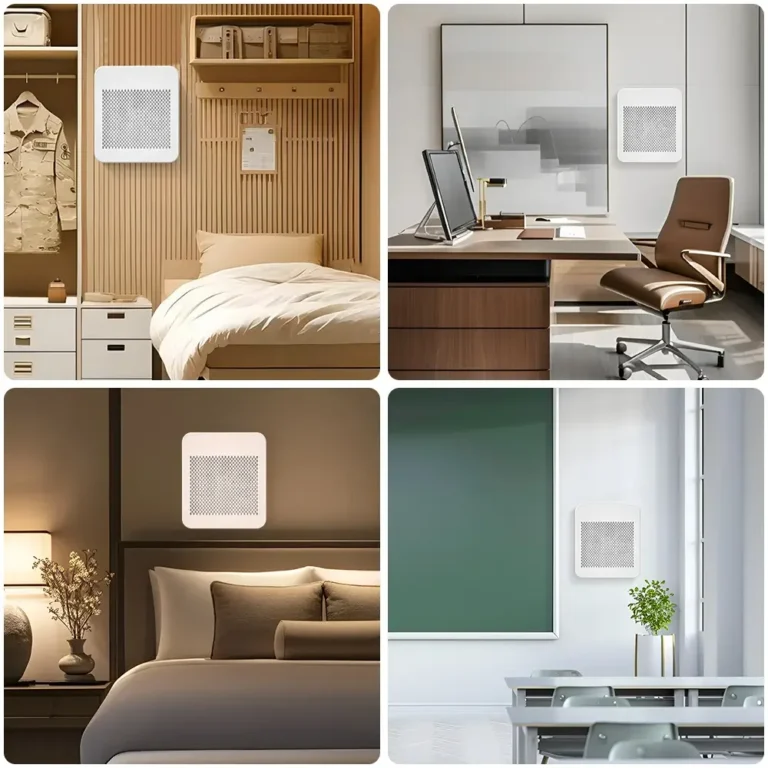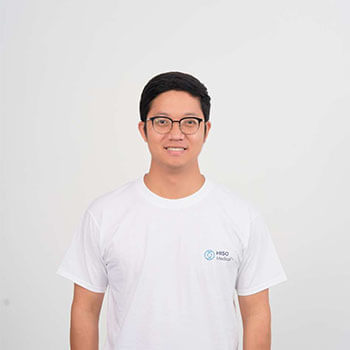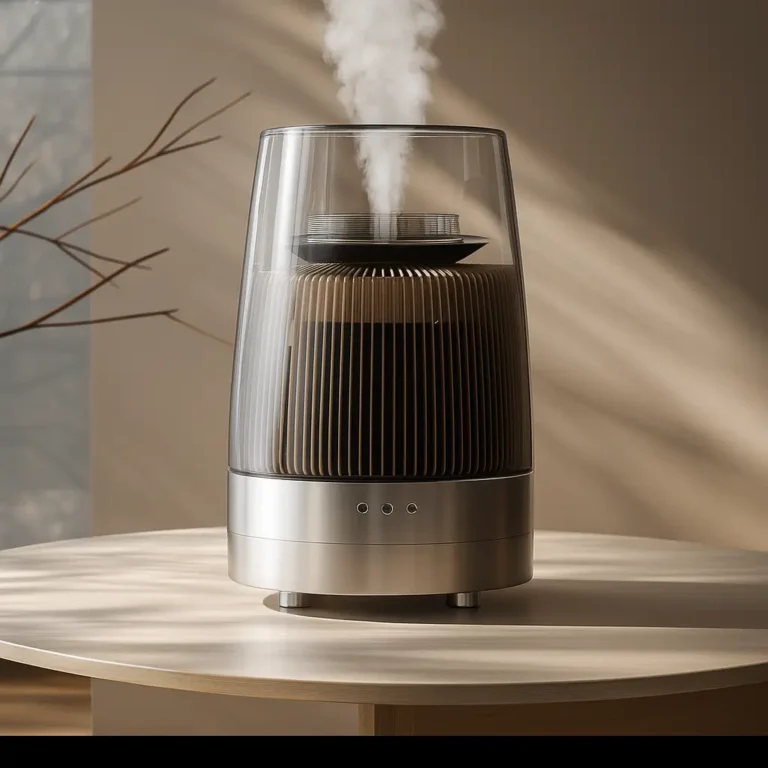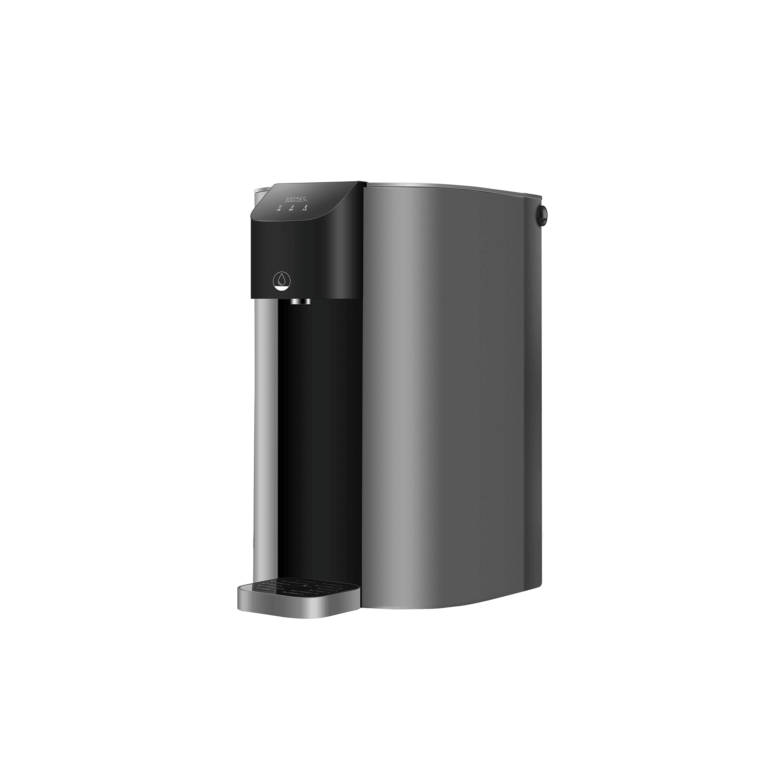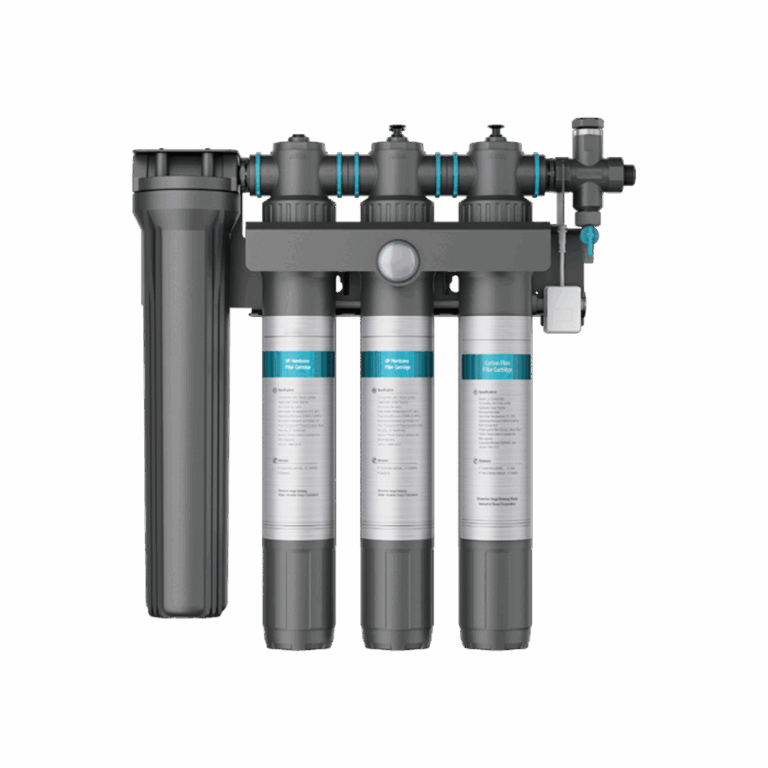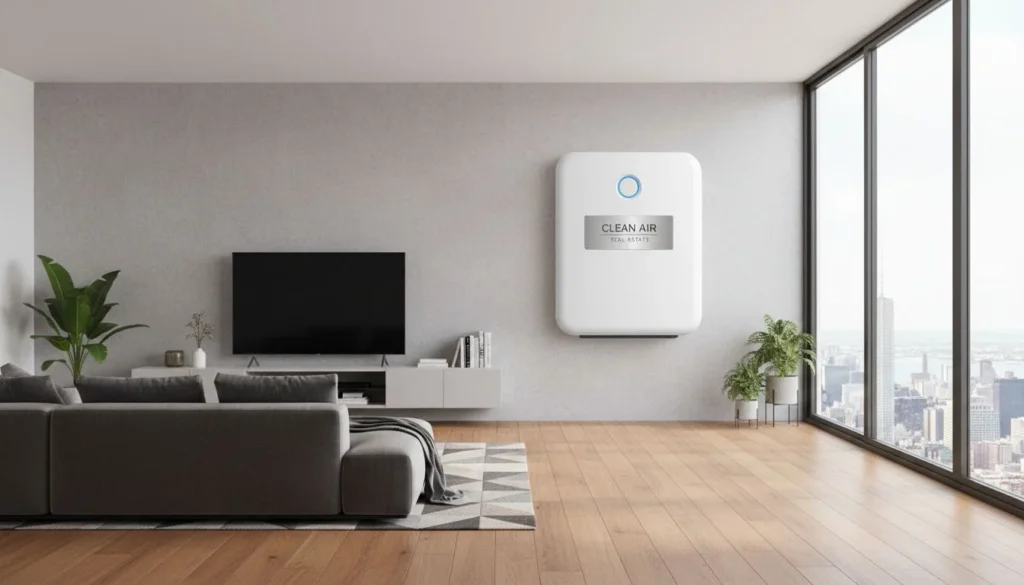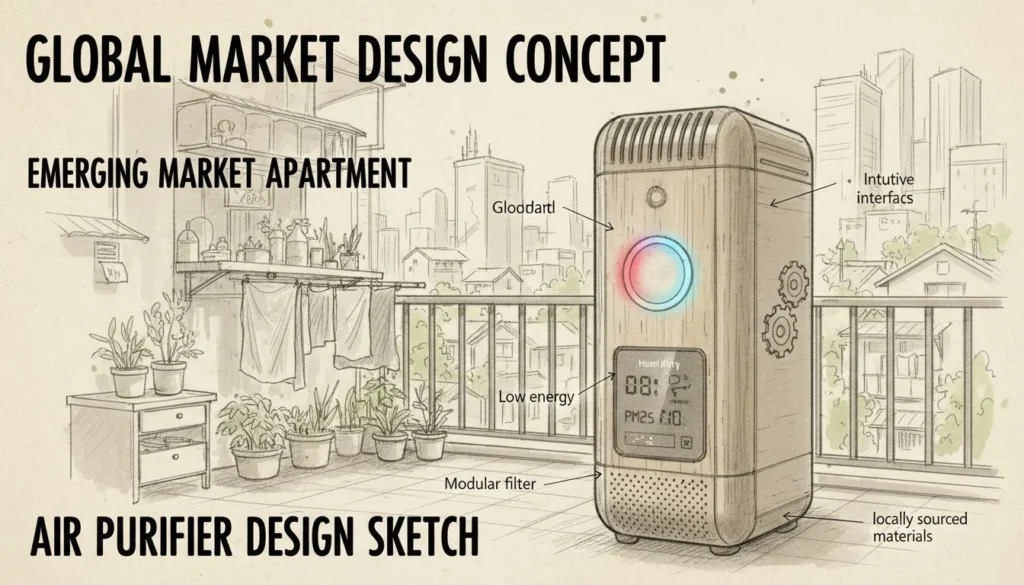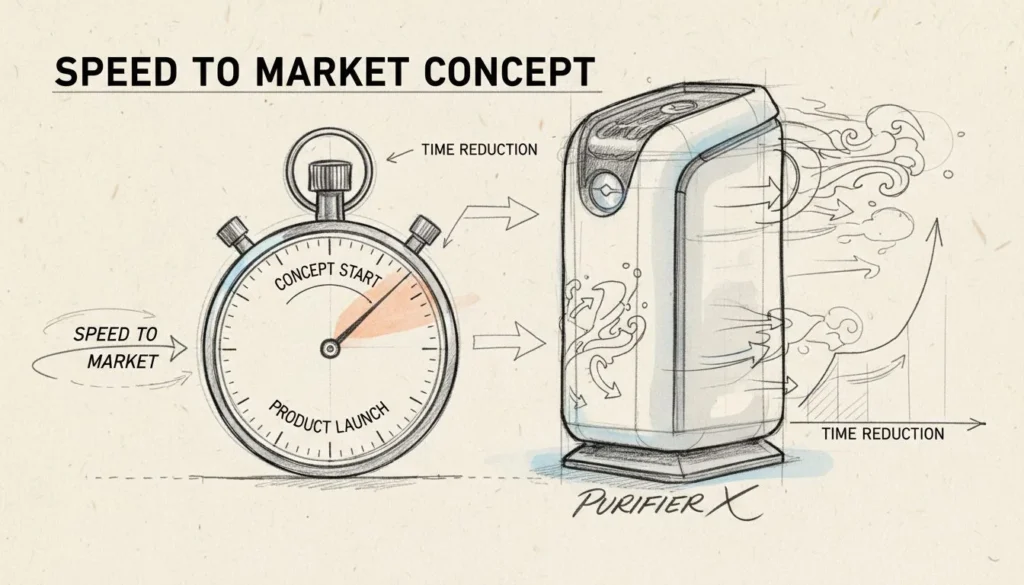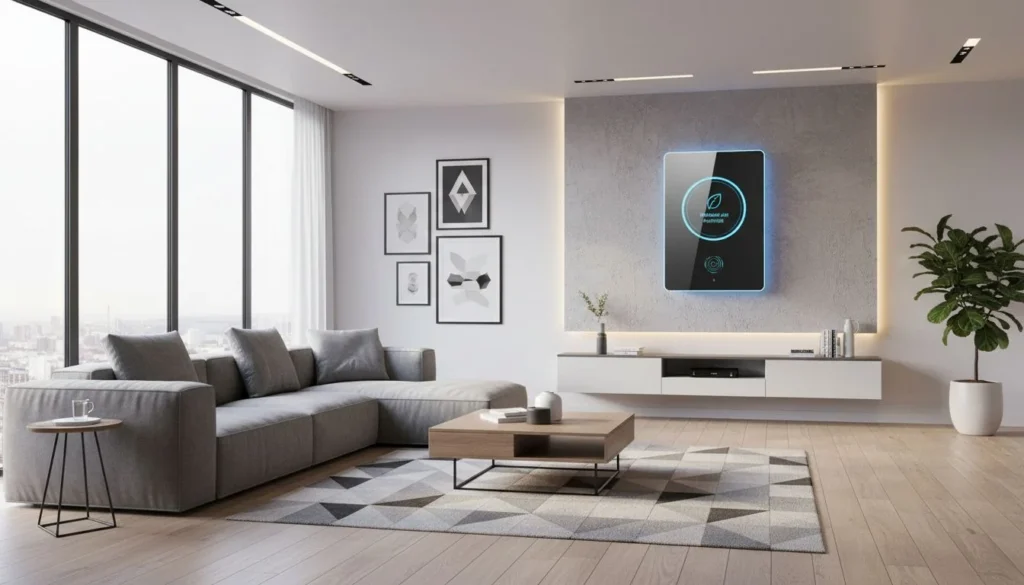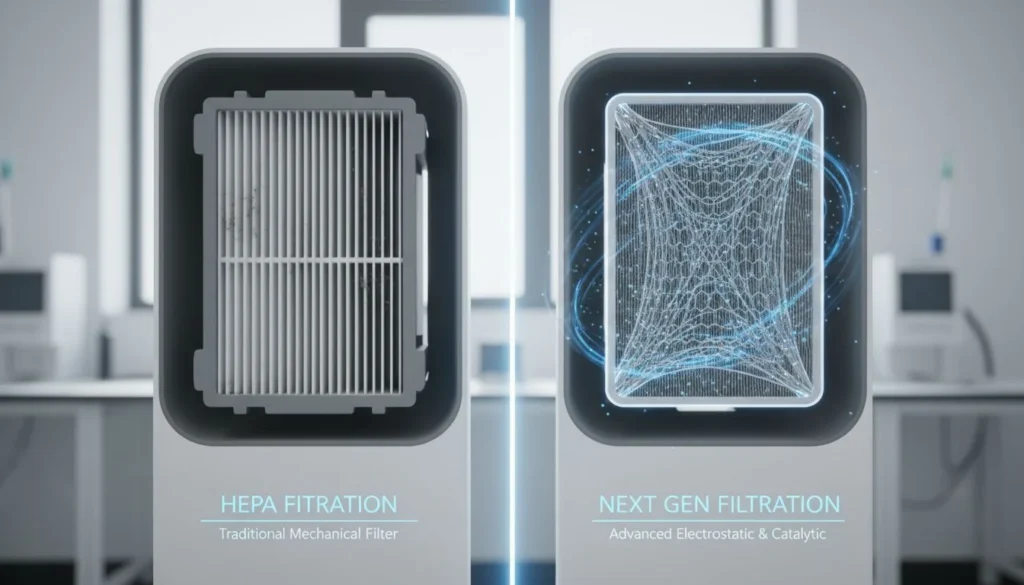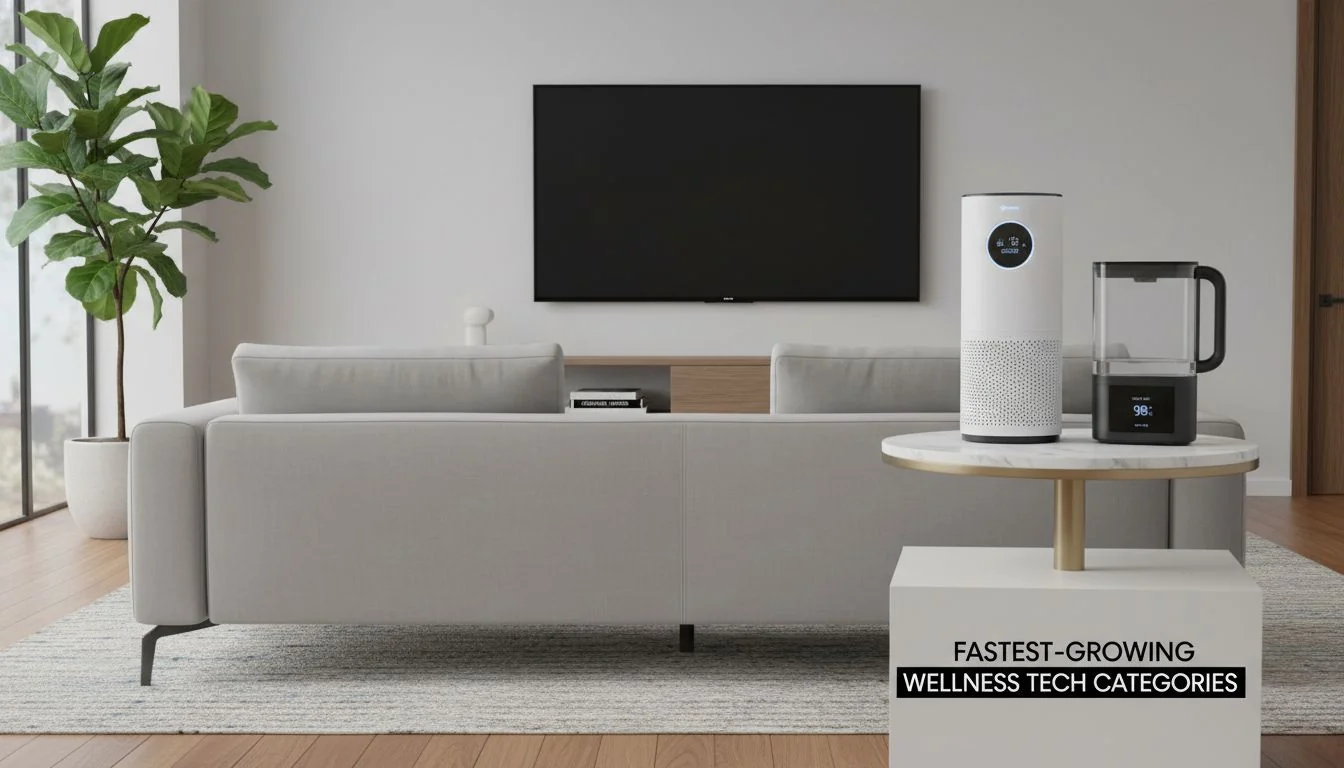
Your brand needs the next big thing in wellness tech. But betting on the wrong trend is a costly mistake. I'll guide you to the most profitable, high-growth categories.
The fastest-growing wellness tech categories are smart air and water purification. Consumers now demand AIOT-enabled devices1, non-toxic materials like stainless steel, and data-driven insights into their environment, creating huge opportunities for D2C brands.
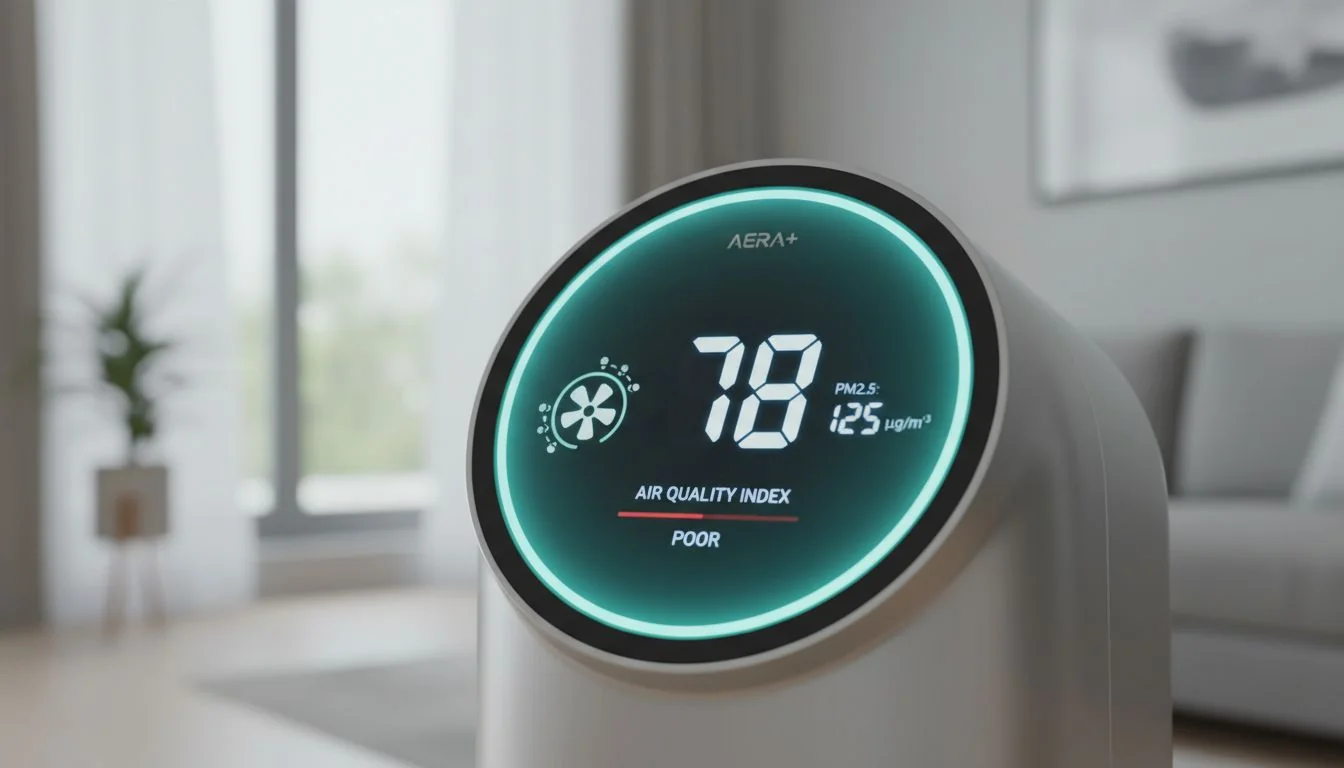
I've spent 20 years in this industry, watching trends come and go. From my perspective as an engineer and product leader, the shift we're seeing now is different. It's not just about a single feature. It's a fundamental change in what consumers expect from their home environment. For a business owner like you, understanding this shift is the key to sourcing products that don't just sell, but build a loyal customer base. Let's break down where the real growth is happening.
The global wellness market is projected to reach nearly $7.0 trillion in 2025.True
According to the Global Wellness Institute, the wellness economy is a massive and resilient market, with strong projected growth post-pandemic.
All HEPA filters are equally effective against viruses and VOCs.False
The HEPA standard only certifies the capture of 99.97% of particles at 0.3 microns. Effectiveness against smaller viruses and gaseous VOCs depends on other factors like CADR, airflow, and additional technologies like activated carbon or UV-C.
Why is entering the fastest-growing wellness tech categories so important for your brand's survival?
You have established product lines that sell. But the market is shifting fast, and competitors are grabbing new customers. I'll show you why targeting growth categories is essential for survival.
Entering fast-growing categories is crucial because it positions your brand as an innovator. It allows you to capture higher profit margins, meet evolving consumer demands for smart, health-focused technology, and build a business that is resilient to market shifts.
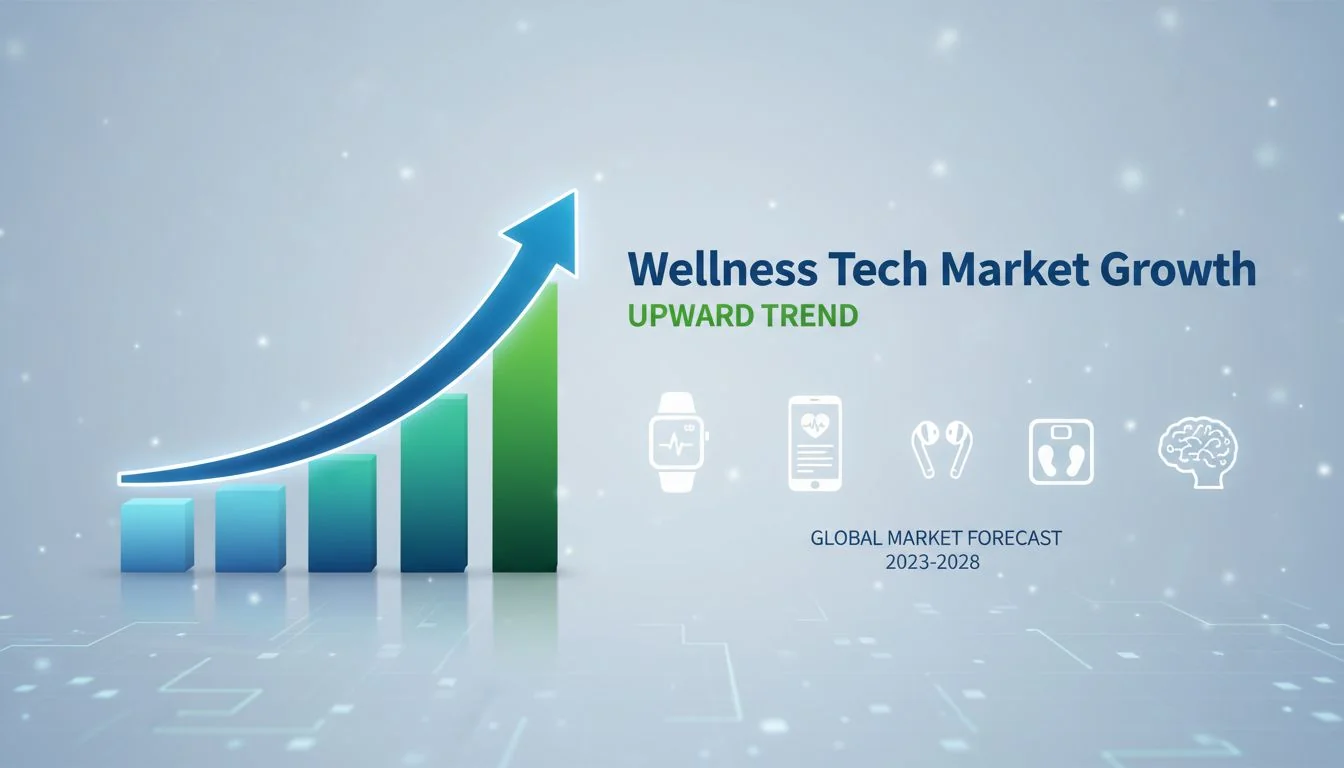
In my two decades in environmental tech, I've seen many companies fail by playing it too safe. They stick with what works until it doesn't. The key is to distinguish between a short-term fad and a long-term fundamental shift. The demand for clean air and water is not a fad. It's a new, permanent expectation for a healthy lifestyle. For a buyer who rebrands products, this means sourcing items with future-proof technology is actually the less risky move. I remember in the early 2000s, a company I advised stuck with basic HEPA filters for too long. They were eventually pushed out by brands that embraced smart sensors. It's a lesson I never forgot. Focusing on growth categories protects your business.
The Risk of Stagnation vs. The Reward of Innovation
Choosing your market position is the most critical decision you'll make. Sticking to saturated markets feels comfortable, but it's a slow decline. Embracing growth categories requires effort, but it secures your future.
| Metric | Saturated Markets (e.g., Basic Humidifiers) | Growth Categories (e.g., Smart Air Purifiers) |
|---|---|---|
| Profit Margin | Low, price-driven | High, value-driven |
| Competition | Intense, many players | Moderate, focused on innovation |
| Brand Perception | Commodity, easily replaced | Premium, innovative leader |
| 수명 | Declining relevance | Future-proof, growing demand |
Brands perceived as innovative can often charge a price premium of 20% or more.True
A Nielsen study on innovation found that consumers are willing to pay more for products from brands they see as pioneers, as innovation signals higher quality and better performance.
Entering a new market category always requires developing a product from scratch.False
For buyers and brand owners, the key is often sourcing and rebranding innovative products from specialized OEM/ODM suppliers. This strategy leverages the supplier's R&D, reducing your time-to-market and initial investment.
How are air and water purifiers becoming profitable cornerstones for D2C brands?
Selling devices is a tough, one-time-sale business. This creates unpredictable cash flow. Smart purifiers create ecosystems with recurring revenue, turning customers into long-term subscribers.
They are profitable because they've moved beyond a simple device sale. D2C brands2 are building ecosystems with subscription-based filter replacements, premium materials like stainless steel, and app-based data services. This creates continuous customer engagement and predictable revenue.
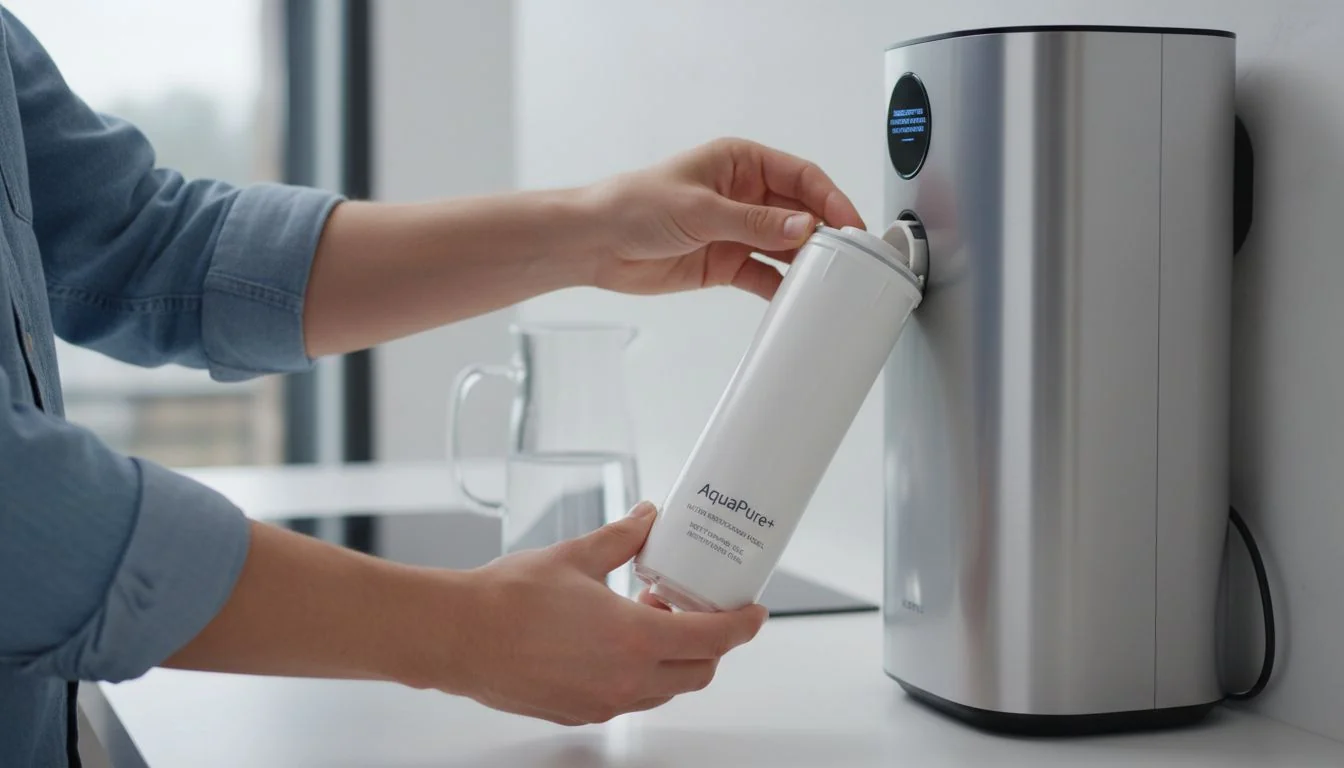
The most successful brands I see today don't just sell a box. They sell a complete wellness experience. This is a huge opportunity for D2C brands that are agile enough to build this model. The product itself must signal quality. Health-conscious buyers are rejecting plastic. They are worried about microplastics and durability. This is why we've seen a huge shift toward stainless steel in humidifiers, purifiers, and water systems. It's not just an aesthetic choice. It signals hygiene, sustainability, and trust. At HisoAir, we didn't just build a purifier. We designed the filter replacement process to be effortless. The app notifies you, and a new one arrives. This simple service transformed our relationship with customers from a transaction to a partnership. This is the model you should be looking to build.
Building a Profitable D2C Purifier Ecosystem
Your product sourcing should focus on features that support a long-term customer relationship, not just a one-time sale.
| 기능 | Benefit for Your D2C Brand |
|---|---|
| multi-stage filtration3 (HEPA + Carbon + UV-C) | Justifies a premium price point; addresses multiple consumer concerns. |
| Stainless Steel or non-toxic materials4 | Enhances perceived value and trust; aligns with eco-conscious buyers. |
| smart app integration5 (AIOT) | Creates a daily touchpoint with the customer; provides valuable usage data. |
| Subscription-Ready Consumables | Generates predictable, recurring revenue; increases customer lifetime value. |
The global subscription e-commerce market is projected to reach over $900 billion by 2026.True
According to UnivDatos Market Insights, the convenience and personalization of subscription models are driving massive growth, particularly in consumer goods and services.
Consumers are unwilling to pay more for products made from sustainable materials.False
Multiple studies, including from Nielsen and Cone Communications, show a growing segment of consumers, especially in premium markets, actively seek out and are willing to pay more for products made with sustainable and non-toxic materials.
Why is AIOT the defining technology for the next generation of wellness products?
Your current products function, but they aren't smart. They lack the intelligence consumers now expect. AIOT transforms a simple appliance into a responsive, personal wellness assistant.
AIOT (Artificial Intelligence of Things) is key because it moves products from being reactive to proactive. Devices can now learn user habits, predict maintenance needs like filter changes, and automatically adjust to real-time environmental data, creating a seamless user experience.
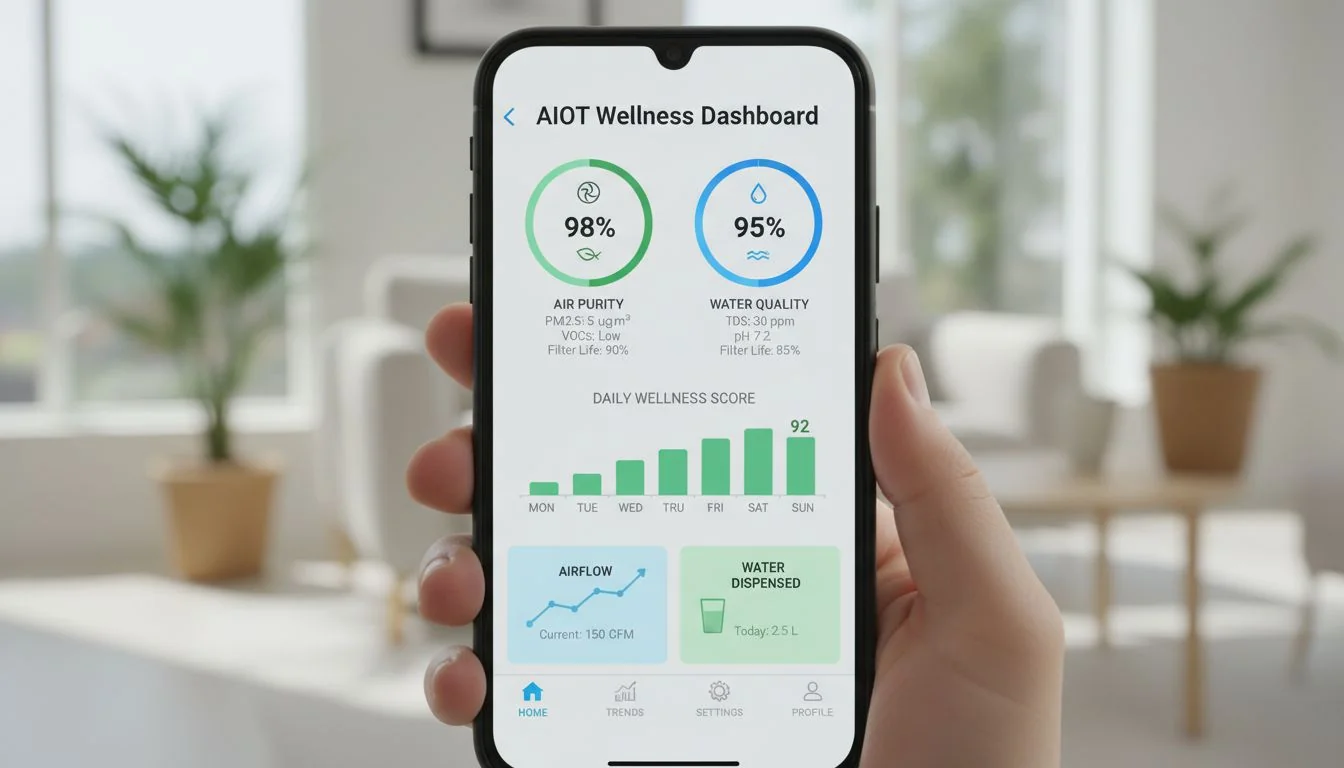
As an engineer, this is the most exciting development I've seen. Basic "smart" products that you can just turn on with an app are already becoming outdated. The real innovation is in the "AI" part of AIOT. This is where the device learns and predicts. For your customers, this means a purifier that automatically ramps up when it detects cooking fumes or high pollen levels, without them touching a thing. For you as a brand owner, it means the device can predict when a filter is losing efficiency and trigger a re-order. This 예측 유지보수6 is a game-changer for customer satisfaction and for your recurring revenue model. I've been working on a system where the air purifier detects high pollen and communicates with the smart window to close it. This isn't science fiction. This is the kind of integration that defines a premium brand today, and it's what you should be demanding from your suppliers.
The Evolution of Smart Wellness Tech
Understanding the levels of "smart" technology helps you source products that are truly innovative, not just connected.
| 레벨 | 설명 | Value Proposition for the User |
|---|---|---|
| 1. Basic IoT | Device can be controlled via a smartphone app (on/off, speed). | Convenience. |
| 2. Smart AIOT | Device learns user patterns, senses the environment, and automates actions. | Efficiency and Personalization. |
| 3. Integrated Ecosystem | Devices (air, water, lighting) communicate with each other to create an adaptive environment. | Holistic, Automated Wellness. |
The number of connected IoT devices worldwide is expected to exceed 29 billion by 2030.True
Projections from sources like Statista show explosive growth in IoT, indicating that consumer expectation for connected devices will become standard across all product categories.
AIOT integration is too complex and expensive for most D2C brands to implement.False
This is a common misconception. Many advanced OEM/ODM suppliers now offer turnkey, white-label AIOT solutions, including pre-built apps and cloud infrastructure. This makes it accessible for brands to rebrand and deploy without massive in-house R&D.
결론
The future of wellness tech is smart, connected, and built on recurring relationships. Focus on AIOT-enabled air and water purification to build a profitable, future-proof brand for your market.
References
-
Explore how AIOT-enabled devices are revolutionizing wellness tech and meeting consumer demands. ↩
-
Understand the advantages D2C brands have in the competitive wellness tech market. ↩
-
Explore the advantages of multi-stage filtration systems in improving air and water quality. ↩
-
Learn about the significance of non-toxic materials in enhancing product safety and consumer trust. ↩
-
Learn how smart app integration can provide users with valuable data and improve product functionality. ↩
-
Discover how predictive maintenance can enhance customer satisfaction and reduce operational costs. ↩
